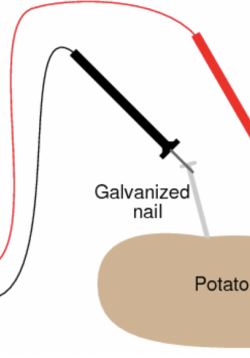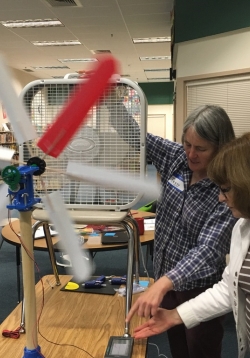Cost Effective Solar Cells: Engaging with Solar Panels
This lesson is designed to span 2 days with 80-minute sections. On the first day, the teachers will challenge the students to assemble circuits with solar panels that can power up 1) a motor with fan, 2) a music-playing circuit, and 3) an LED. Students...







